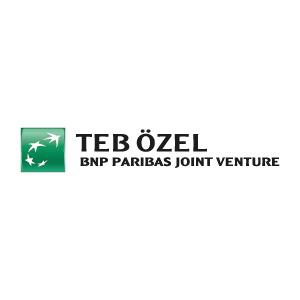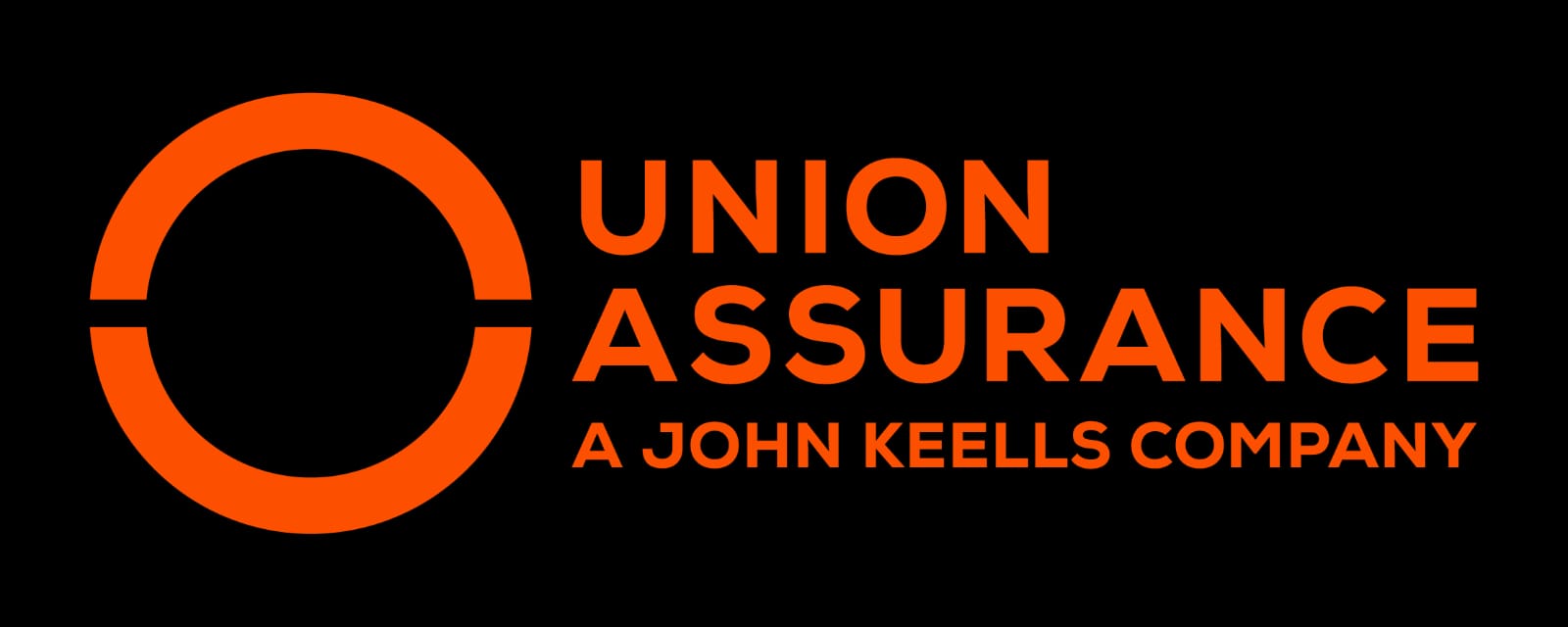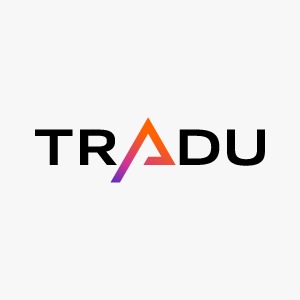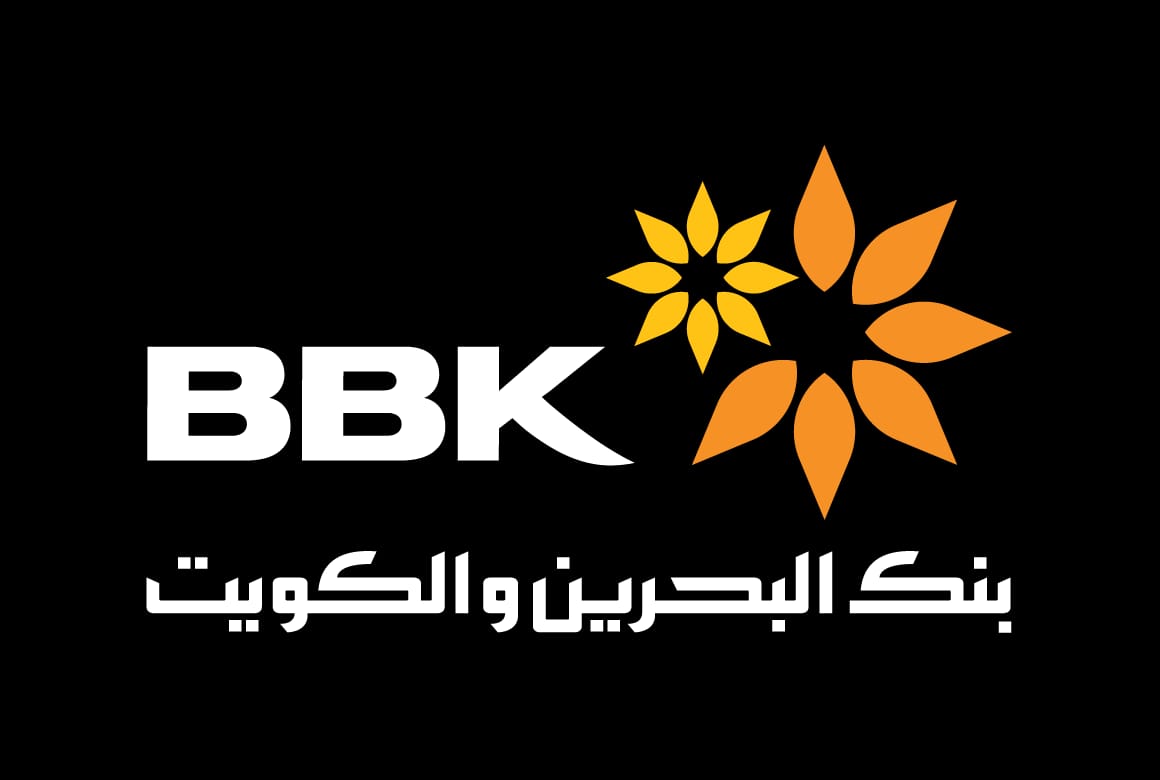Regulators increasingly rely on supervisory technologies to enhance bank supervision, yet their potential to discipline risky bank behaviour remains unclear. Using unique data from the Central Bank of Brazil, this column shows that after a ‘SupTech’ event, banks disclose inconsistencies in their risk reporting and tighten credit to less creditworthy firms, effectively reducing risk-taking. This disciplining effect is driven by a moral suasion channel – SupTech enhances banks’ understanding of the regulator’s expectations and capabilities, leading to more conservative risk management. The findings provide valuable insights into the role of SupTech in regulatory enforcement and financial stability.
The 2007–2008 global financial crisis and more recent episodes of banking turmoil have underscored the importance of effective bank supervision for financial stability (Barr 2023, Laeven et al. 2010). In response, regulators worldwide are shifting from traditional compliance-based supervision, which merely penalises regulatory non-compliance ex post, to risk-based supervision, which aims to identify and resolve potential risk exposures ex-ante. Central to this shift has been the adoption of supervisory technologies (SupTech), which leverage data analytics and artificial intelligence to enhance regulators’ ability to screen and monitor risky bank behaviour (Broeders and Prenio 2018, Di Castri et al. 2019). Figure 1 for instance shows that several advanced and emerging economies have implemented SupTech applications as of 2024 (Cambridge SupTech Lab 2024).
Despite the increasing adoption of SupTech by regulators around the world, their effectiveness in disciplining risky bank behaviour remains largely unexamined. This lack of empirical evidence poses significant challenges for policymakers tasked with designing and implementing effective supervisory frameworks. In our recent study (Degryse et al. 2025), we provide the first empirical analysis of how SupTech influences bank behaviour and its broader economic implications.
Figure 1 SupTech adoption around the world


Note: This map highlights countries with SupTech solutions in shades of grey, with the intensity of the grey indicating the increasing number of implemented solutions. Source: SupTech Solutions Tracker – Cambridge SupTech Lab (2024).
The effect of SupTech on banks’ risk reporting and lending
Using unique data from the Central Bank of Brazil – a pioneer in SupTech adoption – we examine the impact of supervisory scrutiny triggered by the central bank’s SupTech tool (“SupTech events”) on banks’ risk reporting, credit allocation, and broader economic outcomes. Using a difference-in-differences methodology, we compare the behaviour of banks subject to SupTech events with those that are not, before and after these events.
Our results are threefold:
- Improved risk reporting. As shown in Figure 2, following a SupTech events, affected banks reclassify a higher proportion of loans as non-performing and increase provisions for expected loan losses by around 20%, suggesting that SupTech-driven supervisory scrutiny induces banks to disclose previously unreported credit risk.
- Risk-adjusted credit allocation. Banks subject to SupTech events reduce credit to less creditworthy borrowers by nearly 5%, thereby improving the quality of their loan portfolios (Bonfim et al. 2024).
- Limited economic spillovers. Although the credit tightening by affected banks impacts the economic activity of less creditworthy firms, the overall spillover effects on the real economy are limited, alleviating potential concerns that supervisory scrutiny could unintentionally destabilise economic growth (Granja and Leuz 2024).
Figure 2 The impact of SupTech events on banks’ risk reporting


Note: Authors’ own computations. The y-axis represents the estimated coefficient from a difference-in-difference model evaluating the impact of SupTech events on banks’ ratio of non-performing loans to total assets (left figure) and loan loss provisions to total assets (right figure); the x-axis shows months relative to the SupTech event date. 95% confidence intervals are indicated by dashed lines. The coefficient estimates imply that treated banks’ ratio of non-performing loans and loan loss provisions to total assets increase by around 20%.
Mechanism: Moral suasion
Our study indicates that these effects are driven by a moral suasion channel. By improving banks’ understanding of the regulator’s supervisory views, SupTech induces banks to adopt more conservative risk management practices aligned with those views. Consistent with this, we show that the effects are stronger for:
- SupTech events related to regulatory non-compliance, which particularly enhance banks’ understanding of supervisory expectations;
- SupTech events handled by more experienced supervisors, consistent with their superior ability to communicate regulatory concerns; and
- banks located further from the supervisory authority, suggesting that SupTech helps overcome distance-based travel and information frictions in supervision
Finally, we show that SupTech events also have within-municipality spillover effects, as non-affected banks operating in the same municipality as affected banks also improve their risk reporting. This suggests that SupTech has far-reaching effects, as it changes (even non-affected) banks’ perception of the supervisory authority’s capability to uncover early risk exposures.
Conclusion and policy implications
Overall, our results underscore how SupTech – or risk-based supervision more broadly – can strengthen regulatory compliance by fostering a better alignment between banks’ internal risk management practices and supervisory objectives. In addition, our study provides novel empirical evidence that moral suasion – long recognised by policymakers as an essential element of the supervisory toolkit (Acharya et al. 2024, Adrian et al. 2023) – can effectively change bank behaviour.
Source : VOXeu



































































